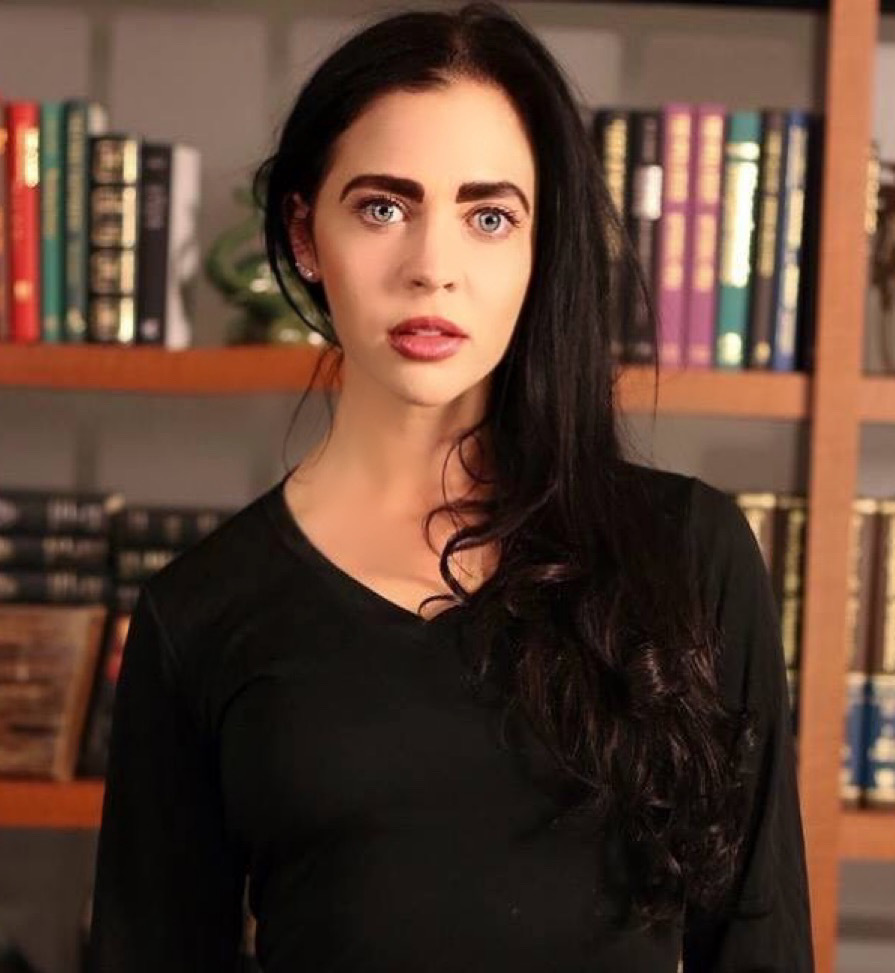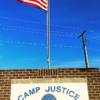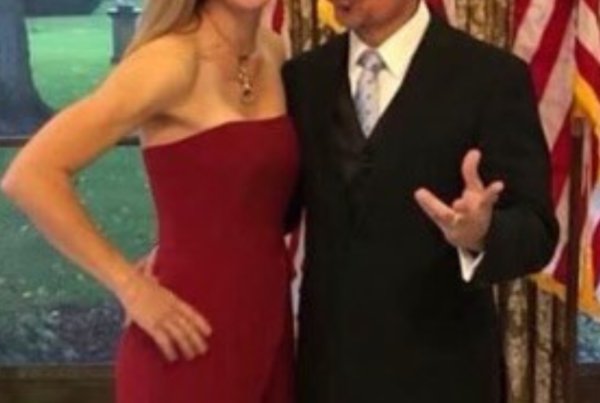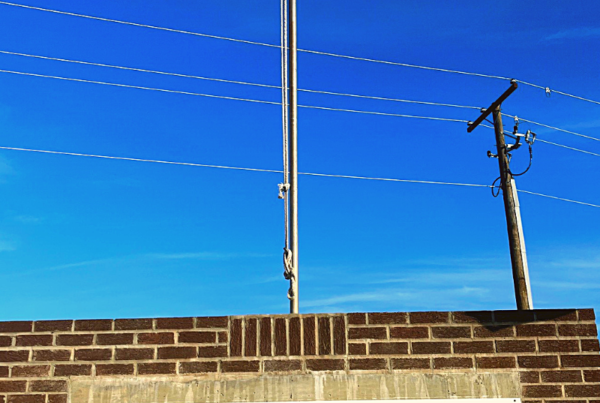Hamama Almansoor carries herself with the soft, gentle demeanor one cannot forget. But sadly, it’s her face you cannot help but notice first: burned into raw oblivion, prosthetic features, and a smile to mask a deep and unfathomable pain.
Nonetheless Hamama, always wrapped in beautiful, soft pastel-colored hijabs, is nothing short of a medical miracle. The now 20-year-old Syrian has come a long way during her several years undergoing treatment by American doctors in California and, more recently, Texas.
No one knows quite what happened to Hamama during the brutal Syrian War in her early teens. At some point in 2016, as bombs ripped through her once idyllic country, she is believed to have been struck on her impoverished family’s secluded farm in the Homs countryside. Hamama has no surviving family members and no memory of her life before her face was singed off her tiny frame.
But what she does know is that she has had a second chance at life after being spotted alone on a Turkey-bound bus in a barely recognizable, scorched state – and quickly ushered to the United States for life-saving surgery by the Burnt Child Relief Foundation (BCRF). However, despite undergoing dozens of facial surgeries to date, Hamama’s reconstruction has become something of a medical anomaly as one Texas surgeon endeavors to give her an entirely new nose with an unprecedented procedure which required having her arm attached to her face for more than two weeks.
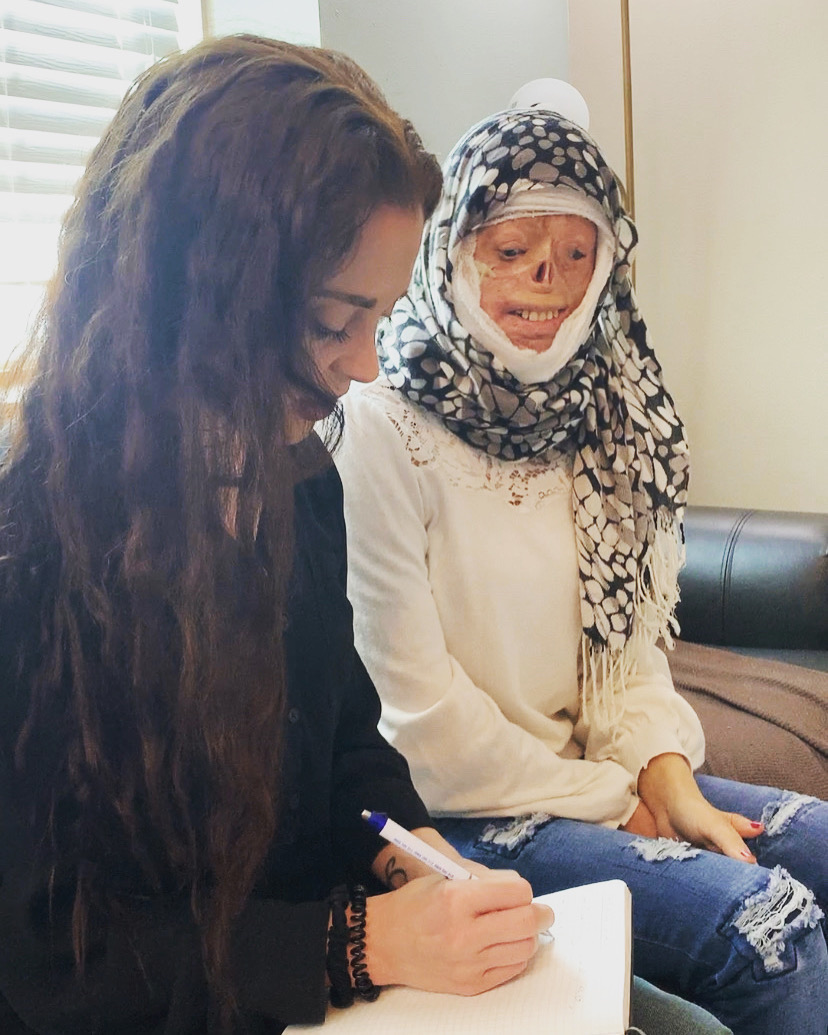
“I don’t know what age she was injured; I don’t have a picture or anything to guide me regarding her facial features before her injuries. I don’t know how many skin grafts she has had from Shriners, but the skin is not amenable to be used,” Dr. Abdel Fustok, a Texas-based cosmetic and plastic surgeon working with the Burnt Children Relief Foundation (BCRF), tells me. “So, by putting her hand on her face for two weeks, we hope to have another flap available to replace enough soft tissue for a nose. You need that piece of skin to start having enough blood flow from that side of the nose so that you can detach it from the arm. Unfortunately, there are no books available for these kinds of injuries. You have to improvise and create your own pathway; work as you go.”
But even after years of seemingly endless hospital stays, Hamama understands the road ahead is long and rocky – occupied the continuing creation of new eyes, cheeks, hair, and mouth. Only the soft spoken young Syrian remains strong and ever more determined to regain slivers of a lost life. Hamama cannot – she will not – allow the protracted war to take any more precious moments regardless of the pain that awaits her.
“I’m really proud of Hamama, with everything she has gone through. Rebuilding her nose is a lengthy process,” notes BCRF board member Abdul Barazi. “She woke up to her arm above her head, not able to see anything, in incredible discomfort. She was in a lot of pain.”
But for one of the nurses, the extent of Hamama’s injuries hauntingly hit home.
“There was one nurse who was probably the most attentive and empathetic who went above and beyond. I could tell from her name that she was Eastern European,” says Abdul. “One of the other nurses mentioned that she was from Ukraine and that the nurses had been looking at Hamama and realizing that soon she would be dealing with children from her own country in this horrible, burned state.”
In 1983, the Syrian-born, France-trained Dr. Fustok started an initiative to bring children from developing countries to the United States for life-preserving plastic and reconstructive surgery.
“I’ve worked on many of these cases, but Hamama is more challenging. I could work on her for years,” Fustok continues. “She has a very small nose, and she has no bridge.”
However, he hasn’t yet configured how to reconstruct nasal vessels to ensure Hamama can adequately breathe.
“Nonetheless, we are on our way. Hopefully, the soft tissue will be available in a couple of weeks, and then we can wait to see where we are going to get the cartilage and bone for the septum for the middle part,” he surmises. “The goal is for her nose to function like normal, for her to be able to breathe through it again. But it is all one step at a time. It is a daunting task and calls for revisions depending on how her body responds.”
Hamama is just one of many millions of Syrian children caught in the brutal path of a war that seems unending. More than eleven years later, millions of children live under the shadow of conflict and aerial bombardment and have been affected by trauma that will haunt them for the rest of their lives. The Syrian war is defined by indiscriminate shelling and the use of chemical weapons and barrel bombs, while improvised explosive device attacks are determined by the UN to be the main cause of casualties and death inside the country.
The horrors all Syrians have suffered are hard to imagine – a place where almost every left-over person is a survivor of the worst of what humans are capable of doing to one another, with no end in sight. The Syrian conflict is still considered a civil war by many in the international community. However, many Syrians, inside and outside of Syrian borders, refuse to accept such a term, insisting that the authoritarian leader President Bashar al-Assad unleashed unprovoked violence on peaceful and unarmed protesters during the early days of the Arab Spring, dragging opposition groups into bloody battles. Assad’s regime seemed to be losing its hold on the country until Assad’s ally President Putin stepped in in 2015 by offering Russian air and ground mercenary support.
A half-million Syrians have died since then, and diplomatic efforts to secure a solution have failed time and time again. Another twelve million have fled as refugees or internally displaced, including at least five million children.
However, facts and figures fail to grasp the true terror of the Syrian war – they sanitize and distance us from absorbing the full brunt of what has happened and continues to happen today. Yet when we look into the eyes of someone like Hamama, whose prosthetic eyes can no longer shed a tear, we can begin to slowly comprehend what war does to the innocent and the vulnerable.
And that is where BCRF hopes to make at least a minor dent in the mayhem. Established in 2014, the California-based non-governmental organization can only take in the worst of the worst burn cases, enabling them to stay in the United States for the duration of their medical treatment. I met some of the children around seven years ago and immediately fell in love with their gentle demeanors and courage. I was left in awe of their resiliency: what it means to be brave, fight, and endure.
“Helping one person might not change the world,” Susan Baaj, the BCRF’s chair, concludes. “But it could change the world for one person.”
For Baaj and BCRF co-founder Saed Moujtahed, sitting helplessly as part of the Syrian diaspora, watching their once beloved homeland char from a distance was not something they were prepared to do. At least thirty more severe cases are currently on the waiting list as BCRF continues to secure donor funding to sponsor new arrivals.
As Assad’s forces close in on the final opposition garrison of Idlib in Syria’s north, the death toll is expected to soar. Thus, we could see more tragic Hamama-like cases in the future. According to Human Rights Watch, Syrian government forces and their Russian counterparts have used incendiary weapons more than any other form of bombing or destruction in the country.
The young and innocent are always the victims of war, at its peak and in the aftermath. For most Syrians who were barely making ends meet when the violence started, there is a painful sense that they will never receive justice or accountability for what was done to them. Tribunals are notorious for their arduous processes and bloated bureaucracies that rarely result in prosecutions. Yet, coming to America for critical surgery is a small victory over the tyrants who destroyed their lives.
While Fustok devotes as many waking hours as possible to Hamama, she is just another name on his growing list of those in need, and it’s the sort of job that can never truly end.
“You just have this desire to make a difference, for all these children to be restored to at least some kind of normalcy in their lives,” he says.
